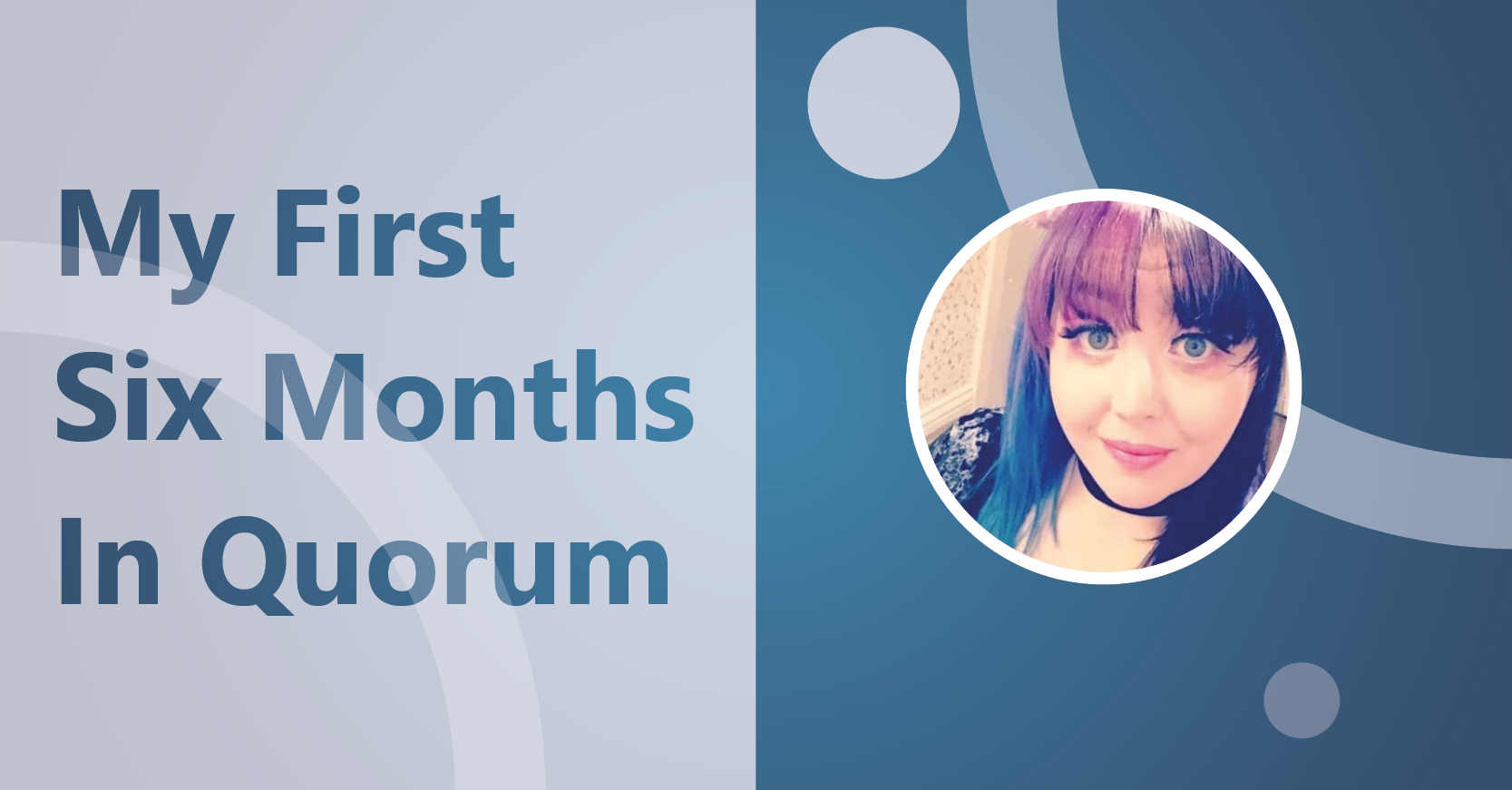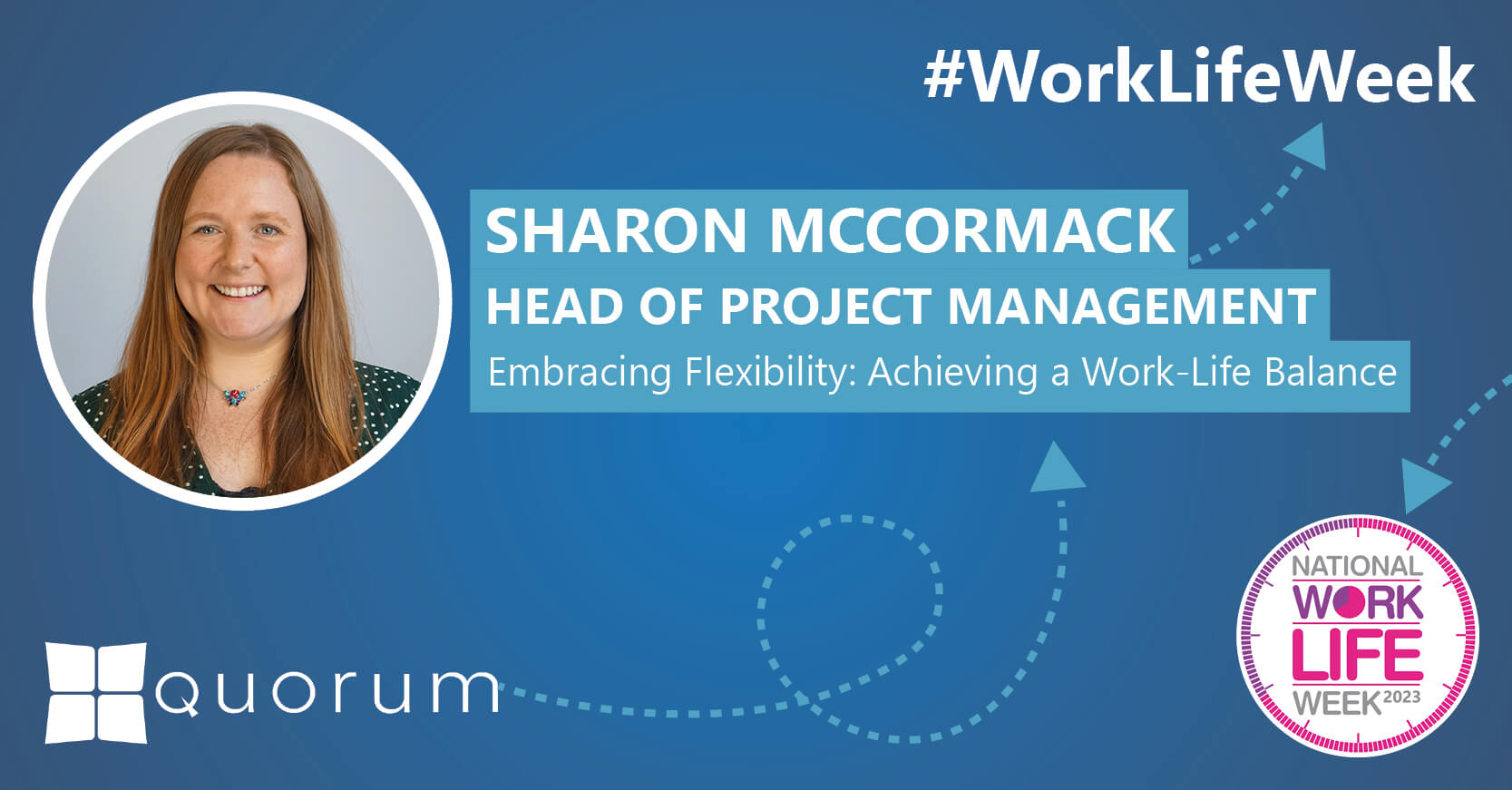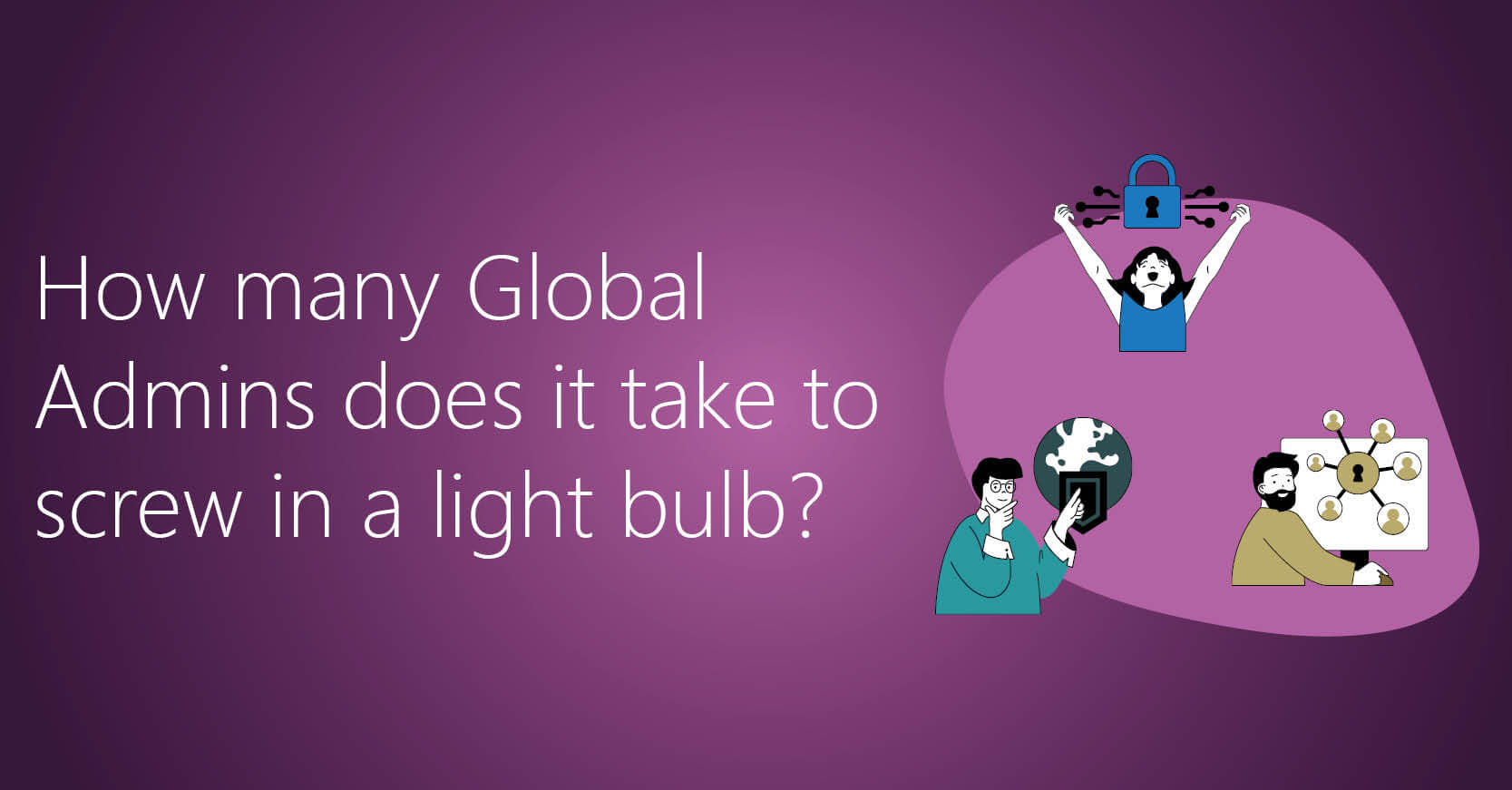
Quorum Attend Microsoft Power Platform Conference 2023
Jamie Prady, James Frost, Dougal Kennedy, and Keith Atherton were fortunate to be part of the Microsoft Power Platform Conference 2023 (#MPPC23). The event provided a unique opportunity to connect with Microsoft’s foremost experts, AI aficionados, and Power Platform enthusiasts from around the world, so they were all very excited to attend!
This year’s conference was all about harnessing the power of AI and in this article we’ll break down the biggest announcements and highlights from each of our attendees.
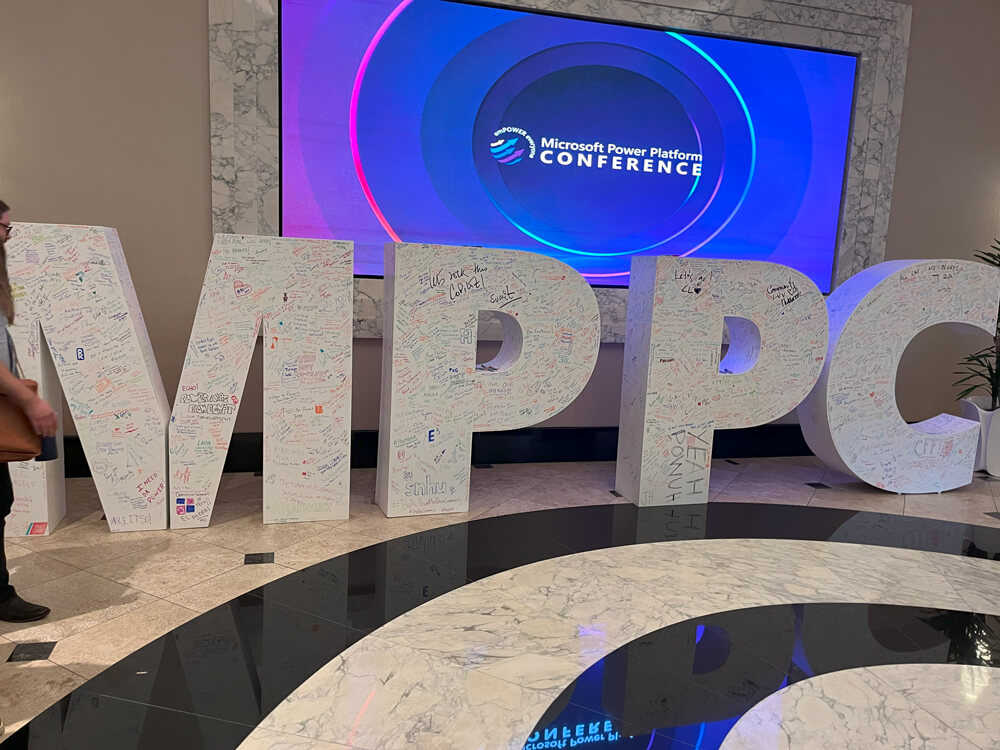
A Shift in the Low-Code Landscape: Power Platform Copilot
Since last year’s event, the Power Platform landscape has undergone a seismic transformation. We’ve officially entered the era of AI-assisted low-code development, and all eyes were on Power Platform Copilot. With over 126,000 organisations already onboard, this technology has ushered in a new era of accessibility. It’s made development more inclusive than ever before.
One standout moment was Copilot’s integration with Power Pages, simplifying the creation of data-driven websites. You can now describe your website in plain language, and Copilot takes care of the rest – generating sitemaps, homepages, layouts, and themes. Power Apps also received a significant boost, makers can now customise their AI-assistants, taking their app experiences to new heights.
AI Empowering Power Automate
Power Automate was another area that has seen significant change. AI-assisted flows are becoming the norm, ensuring workflows are more efficient and reliable. With Copilot now integrated into the standard designer, creating flows has become a breeze, with improved user satisfaction and a higher likelihood of success.
Streamlined Governance and Security with Managed Environments
The conference revealed several enhancements in Managed Environments, most notably the automated routing of makers to their dedicated development environments. This not only simplifies the development process but also ensures scalability and governance right from the start. The seamless integration with Power Platform pipelines adds an extra layer of security and streamlines the deployment process.
Extending the Power Platform Community: The Power Up Program
The Power Up Program is designed to help business users with little or no technical background get started on low code / no code development using Power Platform, and potentially transition to new careers. Building on the success of the previous year, the Power Up program has evolved.
This initiative has seen participation from individuals across 180 countries. And this year, group learning opportunities were introduced, promoting collaborative learning among Power Platform enthusiasts. An exciting invite was also extended to join the Super Users group.
Microsoft Fabric
Microsoft continues to build on its Microsoft Fabric platform, which is a brand-new Software as a Service (SaaS) data product, effectively merging PowerBI, Synapse, Azure Data Factory, and Azure Data Lake Services into a single unified offering. One of the outstanding announcements at the conference was the addition of Dataverse as a shortcut within Fabric, allowing Fabric workloads to consume Dataverse (including Dynamics 365) data directly, for example using PowerBI to connect directly to Dataverse tables via DirectLake, which represents a big step forward in data interoperability.
Key Takeaways:
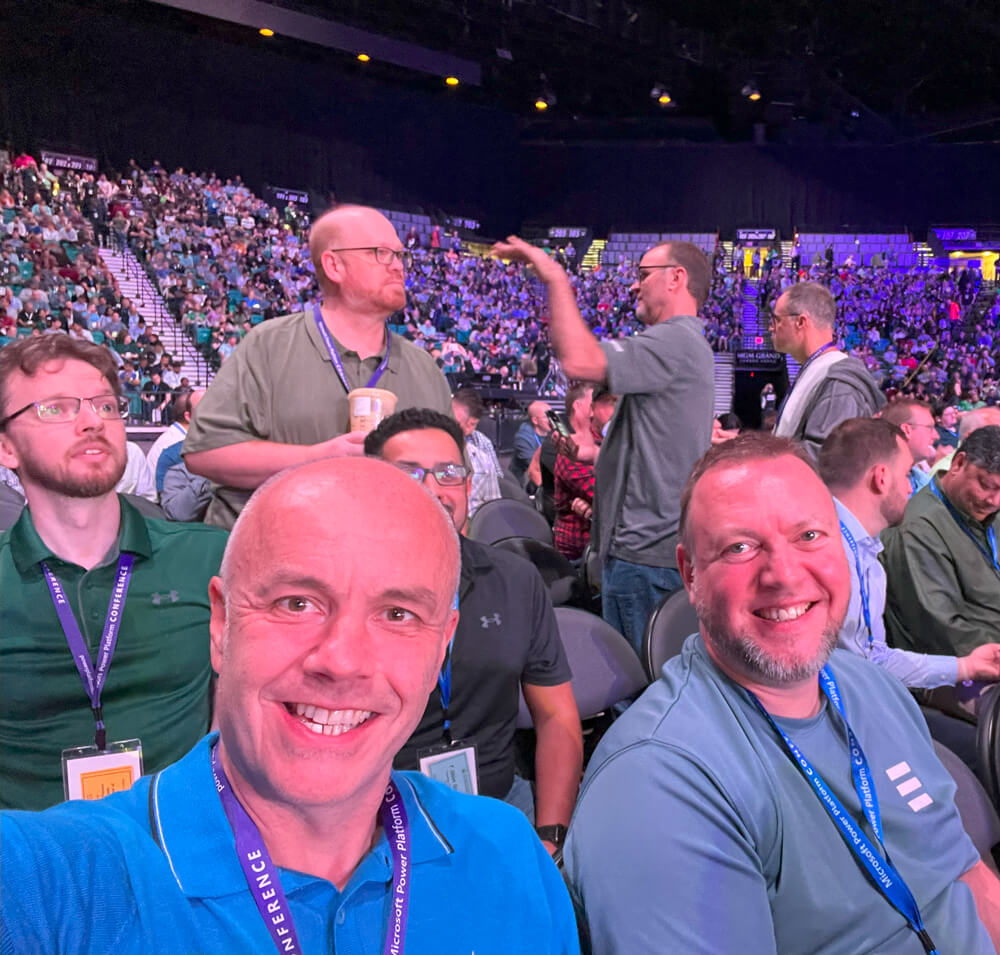
Overall, the pace of development on both Fabric and the Power Platform stack is staggering, and the upcoming direct integration between Dataverse and Fabric is going to enable new ways of working. For example, making it really easy to run machine learning workloads on your business data without needing complex infrastructure and ETL pipeline development to bring the data to the data scientists.
I also found the sessions on Process Mining really interesting as this could be useful for a number of upcoming projects. This will analyse system logs (or even allow recording of user activity on their desktop machines) and essentially map out the different paths through an organisational process, highlighting areas which are bottlenecks and could be improved. Copilot will then make suggestions for Power Automate flows or PowerApps which could improve these.
We met some of the big names in the Microsoft data space, including “guys in a cube” Patrick LeBlanc, Adam Saxton as well as the Vice President of product for Fabric and PowerBI, Kim Manis who was really interested to hear about some of our recent client work, describing it as what “Fabric was designed for”.
Copilot was the buzzword this year, and there have big improvements for many of them across the Power Platform estate. Dona Sarkar (Chief Troublemaker – Microsoft AI and Copilot Extensibility) told me that there are currently 148 copilots across Microsoft!
MPPC is the flagship Power Platform conference, so it was great to hear new announcements from Charles Lamanna (CVP of Business Applications & Platforms at Microsoft), and it appears that the Power Platform is growing and evolving its features and userbase.
And we enjoyed a couple of Vegas shows too.
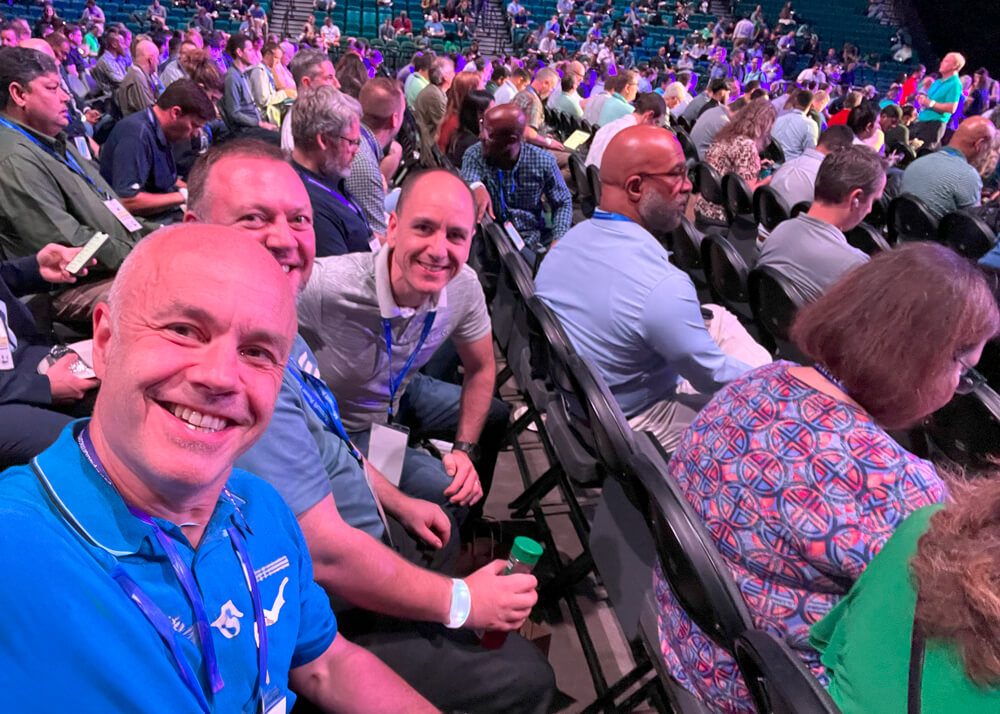
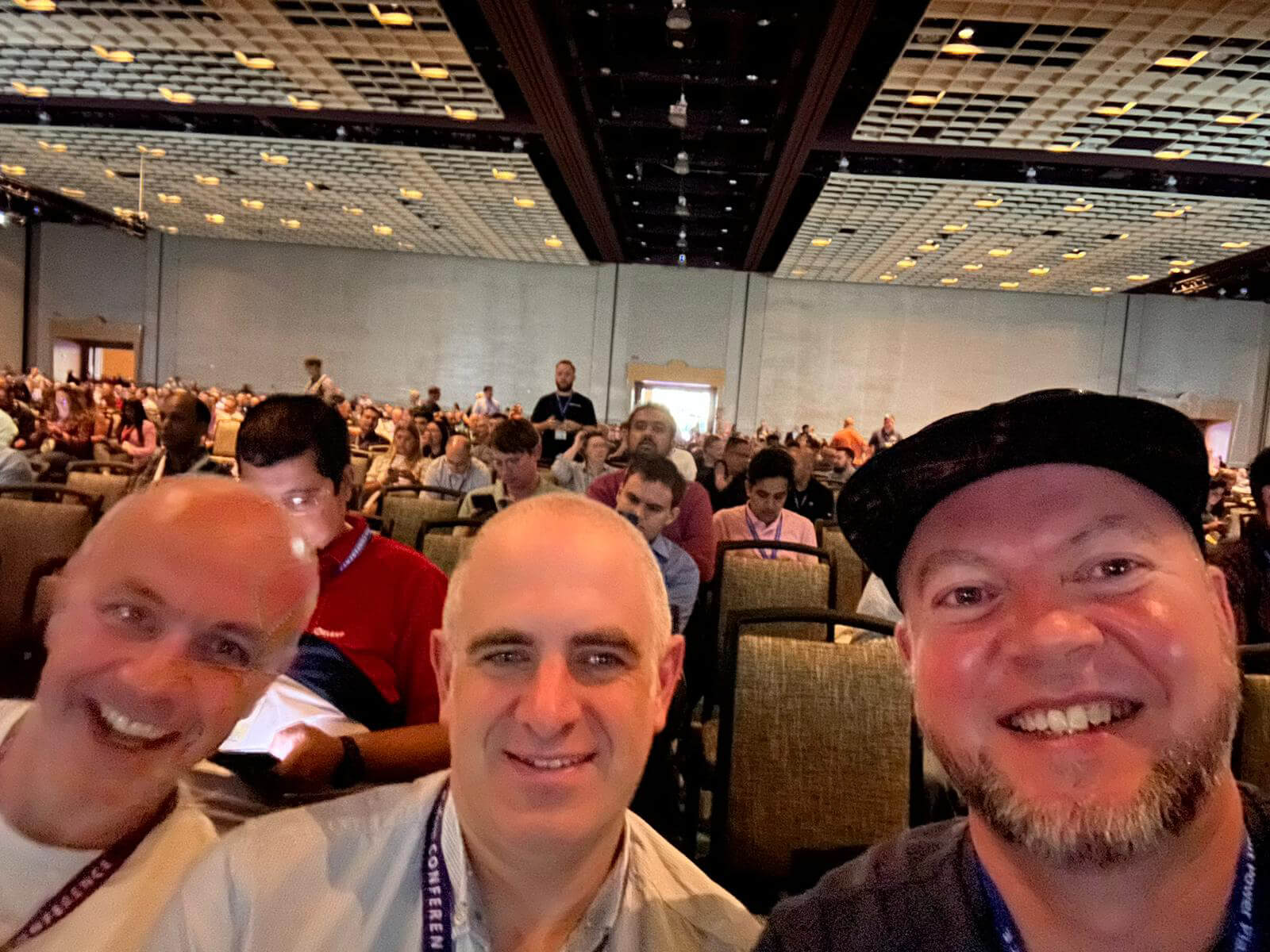
There were some interesting sessions on Application Lifecycle Management (ALM), source control, and how you manage governance in the Power Platform environment – there’s a lot we can do here both internally and for our clients, so we can take everything we know about development and apply it in the Low Code world.
Like James, I think there’s some good opportunities around the Process and Task Mining features where we can work with our clients to actually quantify some of the improvements that we could make to their systems and processes through deploying automation and Power Apps.
As a developer, what do you do when you can’t do what you need easily in Power Apps? Drop down to an Azure Function and implement it in proper code – but then you can just stick it behind Azure API Management and have all the complexity of setting it up and using it from your Power App taken care of in a single click.
Coming from what we now call a pro-code background, I have been quite skeptical about the actual capabilities of low-code. How much can one really achieve without years of training and hard work, grappling with the nuances of code? For instance, in JavaScript, 0 == “0” is true, and 0 == [] is true, but “0” == [] is false.
However, my perspective has changed. The tooling behind the low-code platform is evolving rapidly and is already something I would be comfortable using for production solutions. The community that supports this tooling is excellent, very mature, and highly active, which is unusual for this age of technology. So, I am now a convert!
I attended as many sessions as possible on the security, governance, and management of the Power Platform, as I believe there is still a lack of understanding in the industry in these areas, and it’s something Quorum could offer as a service. As a side note, these are areas where co-pilot (the savior of us all) is weakest.
Finally, there’s the issue of licensing, which is notoriously complex. This was evident in the session on gathering feedback, which was so oversubscribed that attendees not only formed discussion groups on the floor but also spilled out into the corridor.
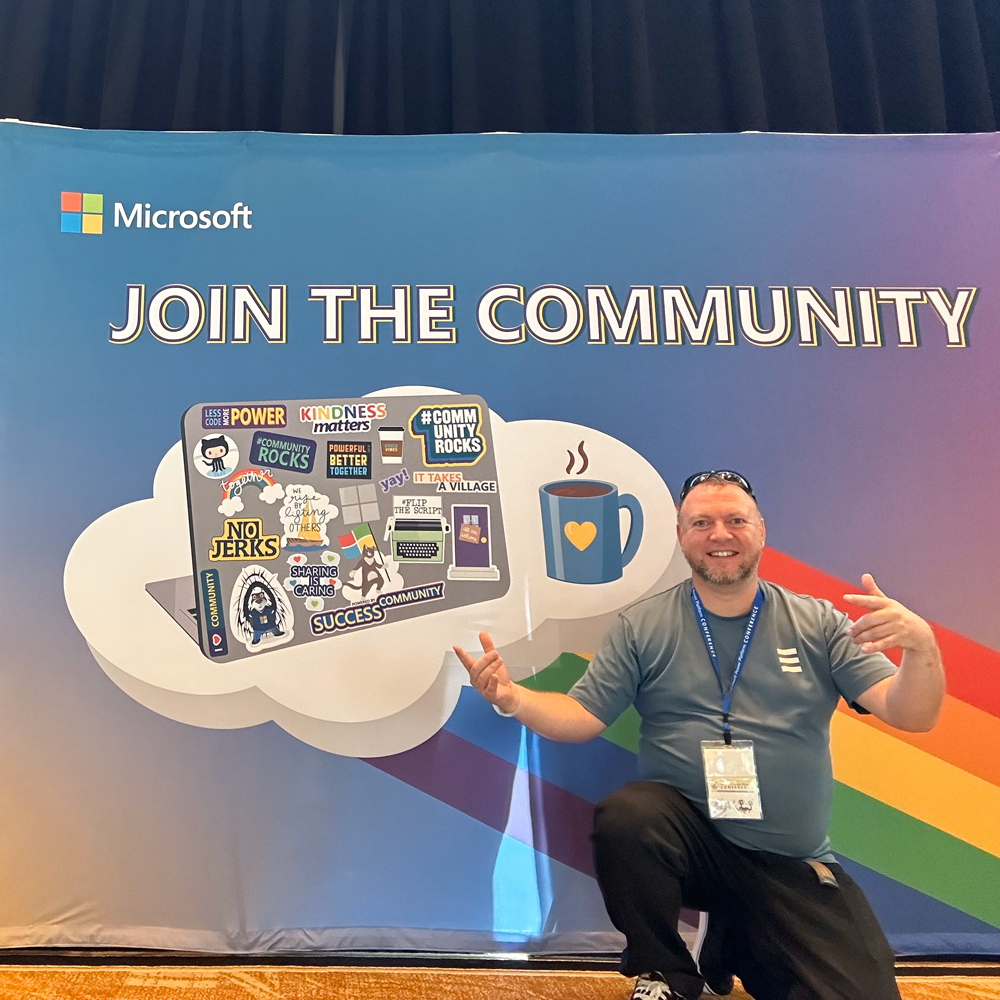
Conclusion
The Microsoft Power Platform Conference 2023 was a journey of discovery and inspiration, and the team from Quorum were grateful to be part of it. As attendees, they were captivated by the future of low-code development, the potential of AI, and the boundless opportunities within the Power Platform community. They can’t wait to implement what we’ve learned and continue to explore the transformative capabilities of the Microsoft Power Platform. It’s an exciting time to be part of this dynamic community, and they look forward to what the future holds.
Articles
AWARDS & RECOGNITION

FOLLOW US
CONTACT INFO
CONTACT INFO
Quorum
18 Greenside Lane Edinburgh
UK EH1 3AH
Phone: +44 131 652 3954
Email: marketing@quorum.co.uk
FOLLOW US
AWARDS & RECOGNITION

